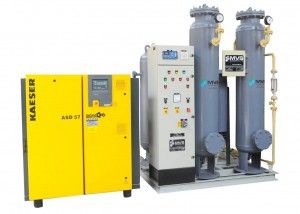Application of Oxygen in Hyperbaric Oxygen Therapy
Hyperbaric oxygen therapy or HBOT, is
the medical use of 100 percent oxygen at increased atmospheric pressures.
Literally, hyper means “increased” and baric relates to pressure. As early as
the 1950s, hyperbaric applications have been used to oxygenate the brain while
the heart was stopped during open-heart surgery. In the 1960s, HBOT was
determined to have positive results related to slow-healing wounds. Some people
may be more familiar with hyperbarics as treatment for carbon monoxide
poisoning or the bends, a condition related to underwater diving.
Hyperbaric oxygen therapy has
increased in treatments for chronic degenerative health problems related to
atherosclerosis, stroke, peripheral vascular disease, diabetic ulcers, wound
healing, cerebral palsy, brain injury, multiple sclerosis, macular degeneration
and many other disorders. There are many recent studies on the effect of using
HBOT to aid children with autism. Gangrene, carbon monoxide poisoning,
radiation therapy, bone infections, traumatic “crush” injuries, cyanide
poisoning, smoke inhalation, spinal injuries and gunshot wounds have seen
treatment advantages with HBOT. Most hospitals have a medical
oxygen generator or an oxygen
plant on their premises, so adding HBOT to their list of services is not a
problem.
HBOT is still an experimental
procedure, although it can be found in many high end hospitals in India. The
therapy has seen much growth over the past three to five years, primarily due
to wound care healing, with a substantial growth trend forecast with autism and
other related traumatic brain injuries and complications.Oxygen generator
manufacturers have always had a close working relationship with hospitals, and
the growth of HBOT will strengthen that relationship.


Comments
Post a Comment